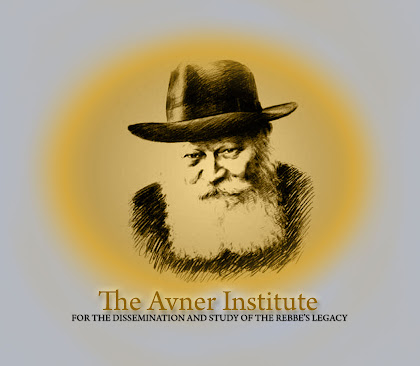 In 1956 the first delegation of rabbis traveled to the Soviet Union, a trip widely covered by the Jewish Telegraphic Agency and other Jewish agencies in Europe and Israel. The Rebbe also took great interest and gave one of the dignitaries, Rabbi B. Hollander, directives on how to deal with the Jews in Russia.
In 1956 the first delegation of rabbis traveled to the Soviet Union, a trip widely covered by the Jewish Telegraphic Agency and other Jewish agencies in Europe and Israel. The Rebbe also took great interest and gave one of the dignitaries, Rabbi B. Hollander, directives on how to deal with the Jews in Russia.Also among the dignitaries was Rabbi Samuel Adelman, who served as leader of the Beth Medrash Hagadol Synagogue in Denver, Colorado, and board member of the National Council of Synagogue Youth (NSCY). Rabbi Adelman, who died at the early age of 50, met privately, upon his return to the U.S., the Rebbe, with whom he shared his thoughts and experiences of the trip. Back at Denver, he wrote up details of his audience in his synagogue’s weekly bulletin, dated September 20, 1960. The Avner Institute would like to present his write-up, with special thanks to his daughter Mrs. Shulamith Adelman Schwartz and to Rabbi Dovid Lookstein.
The Rebbe Archive would like to present a photo of the Rebbe at a rally for children returning from Jewish camps in the summer of 1959.
Good Shabbos
Menachem
In the summer of 1956, after our return from the Soviet Union, I made a visit to Rabbi Menachem Mendel Schneirson, better known as the Lubavitcher Rabbi.
The purpose of my visit was more than idle curiosity. Somehow, as a result of what we had seen in Russia, I felt that I could find the answer to a most perplexing problem—how to captivate the hearts and hands of our people for God and His Torah—how to cause commitment to His Truth.
But why the Lubavitcher Rabbi? For this I will have to go back to our visit in the Soviet Union.
It would be trite to repeat the oft-heard story of spiritual decay in this hell-on-earth—where Satan rules and the god of materialism holds sway.
Yet it was in the midst of this modern Egypt and its forty-nine degrees of spiritual uncleanliness that my colleagues and I discovered the only meaningful resistance among our people. For, to our amazement, we found scattered groups of Lubavitcher Chassidim that had somehow managed, not only to survive, but to continue to find strength and to transmit it to their children.
Upon my return to America, I hastened to 770 Eastern Parkway in Brooklyn, expecting to find an imposing building as would befit this gigantic challenge to Russian Communism and the god of Moloch. I looked for severe security measures—secret chambers—and a hard dynamic leader of international movement.
I suppose that I was a little disappointed to find, instead, a ramshackle old building, badly in need of paint and repair, the lusty voices of young men hard at a folio of Talmud—and a soft spoken and gentle middle aged rabbi, who seemed hardly to be a match for the Kruschev I had met in Moscow.
But that was until I started to speak to Rabbi Schneirson and looked into his eyes.
Slowly, it began to dawn on me why we had met Lubavitcher Chassidim in Russia, even after they had been cut off from their source of strength for over thirty years. The former Lubavitcher Rabbi had been expelled in the mid-twenties—but more importantly, I began to see the answer to many questions that had been giving me no peace. For here I saw strength of a different kind—the strength of spirit.
The answer was obvious. To overcome material giganticism, one does not have to meet it on its own level. Synagogues need not be turned into a kind of religious night club or replica of Las Vegas to draw on the hearts of its people.
The simple answer to material giganticism is in being spiritually gigantic. No more—no less.
The power of truth is overwhelming—and its obvious asset is that it is Truth.
This is the great discovery that is beginning to turn American Jews back to the synagogue. We are beginning to realize, in the words of the Lubavitcher Rabbi:
“Far dem emes muzen alle fahlen!“
“Before the truth, all most prostrate themselves.”

